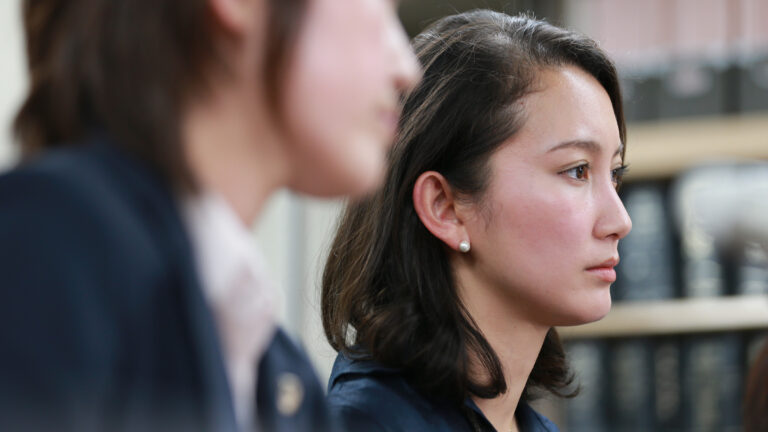Nominated for three Oscars and based on Kemp Powers’ stage play, One Night in Miami imagines the meeting of Muhammad Ali, Malcolm X, Sam Cooke, and Jim Brown that took place after Ali’s 1964 boxing match with Sonny Liston.
With principal photography taking place in New Orleans beginning in January 2020 and ending in late February, director Regina King traveled to Santa Fe for a different production just after wrapping.
Then COVID happened, upending their editorial and post-production plan, and they pivoted to a completely remote workflow.
In this installment of Made in Frame, we talked to editor Tariq Anwar and assistant editor Naomi Sunrise Filoramo about how they stayed in the creative flow with King from a distance, the challenges of remote post-production, and how Frame.io became part of the solution.
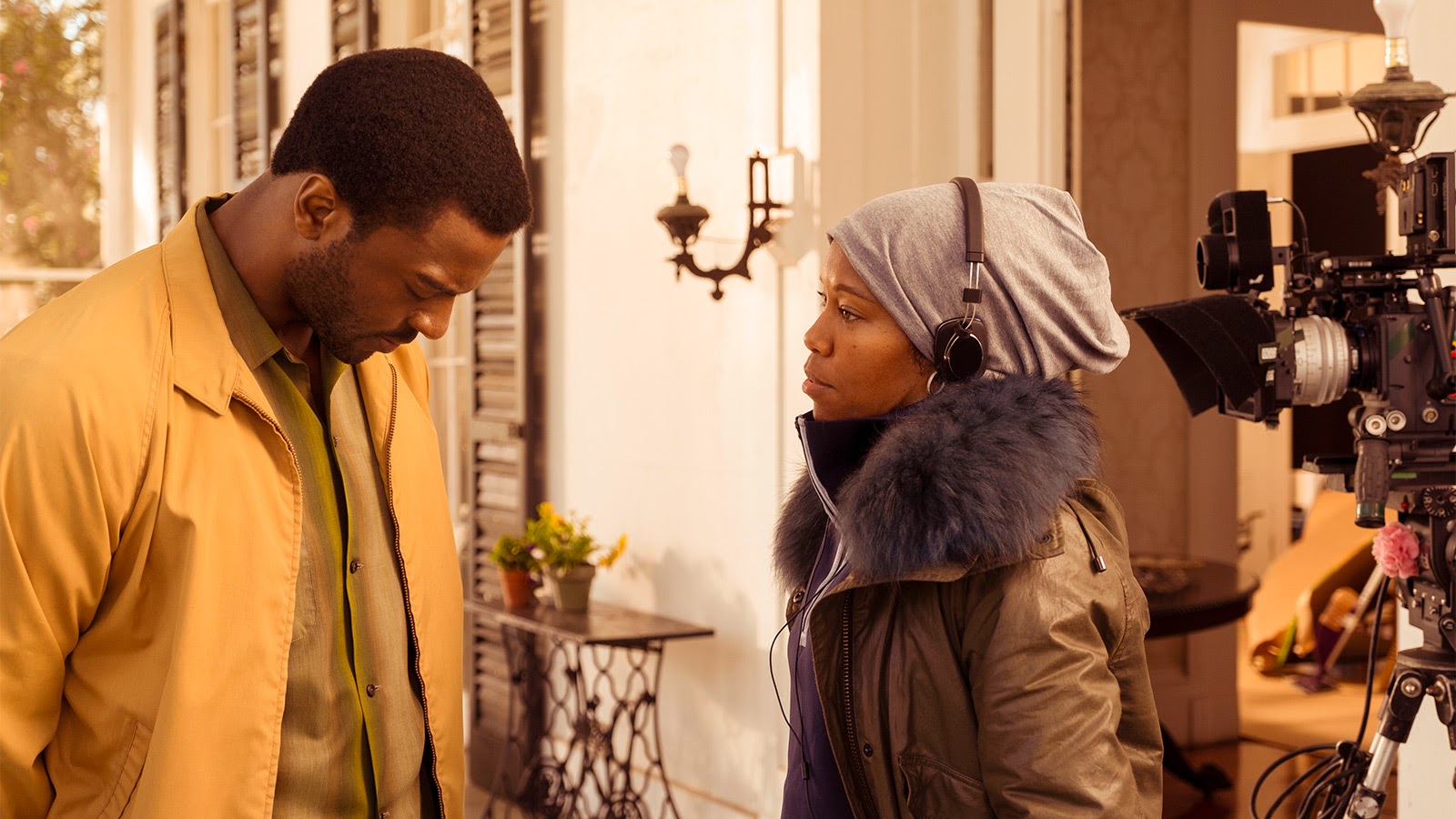
A remote workflow
During the approximately seven weeks of production, FotoKem (New Orleans) handled dailies and provided editorial facilities, using Frame.io for dailies distribution and review.
“We were there for the duration of the shoot, and at that point we were quite untroubled by COVID,” Tariq says. “We had just about managed to finish filming, with two scenes that were remounted in Los Angeles some months later.”
King then took off for Santa Fe, where she was set to act in another film. But when one of the crew contracted COVID, the production shut down, sending King into quarantine and interrupting the director’s cut.
“By that point Regina was pretty happy with the edit,” Tariq says.
“So I came back to Santa Monica and they put an Avid rig in my bedroom.”
That rig included a local hard drive with media that was synced to the Avid Nexis server that remained with assistant Naomi in Santa Fe so they could share bins and sequences. Each night the media and edit decisions between the two systems were updated.
Naomi typically exported scenes to Frame.io but, she says, “Tariq was really game and sometimes did his own exports and uploads. He was willing to dive in to do what was necessary and was completely at ease, technically.”
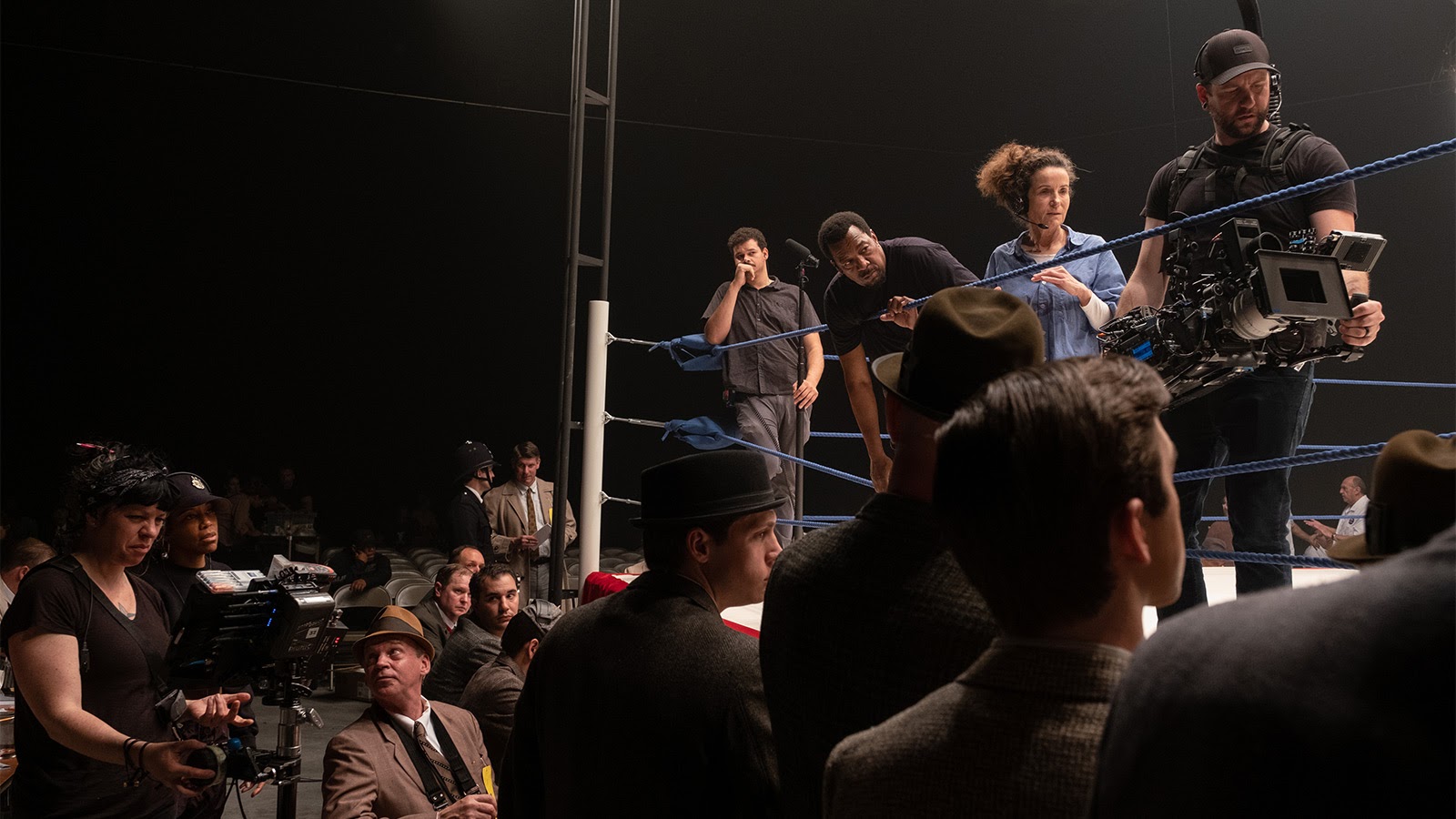
As it turned out, distance didn’t prove to be that much of an obstacle.
“At no time were the producers and director in the same room with me in front of the Avid. I carried on working here in Santa Monica addressing Regina’s notes,” Tariq says.
“I worked remotely and posted the cut for reviews. By the end of March 2020—about seven weeks into the director’s cut—we were posting for the producers. Then all the other aspects—like music, sound effects, and VFX spotting—were all done on Zoom calls and submissions from the various departments.”
Frame.io was originally intended to be used for dailies review only, but as a result of the shift to working remotely, the team used it to review cuts with King, as well. Because this was a last-minute decision, Naomi says, “We knew that Frame.io was way more powerful than the way we used it, but that’s basically just because we were learning as we were going.”
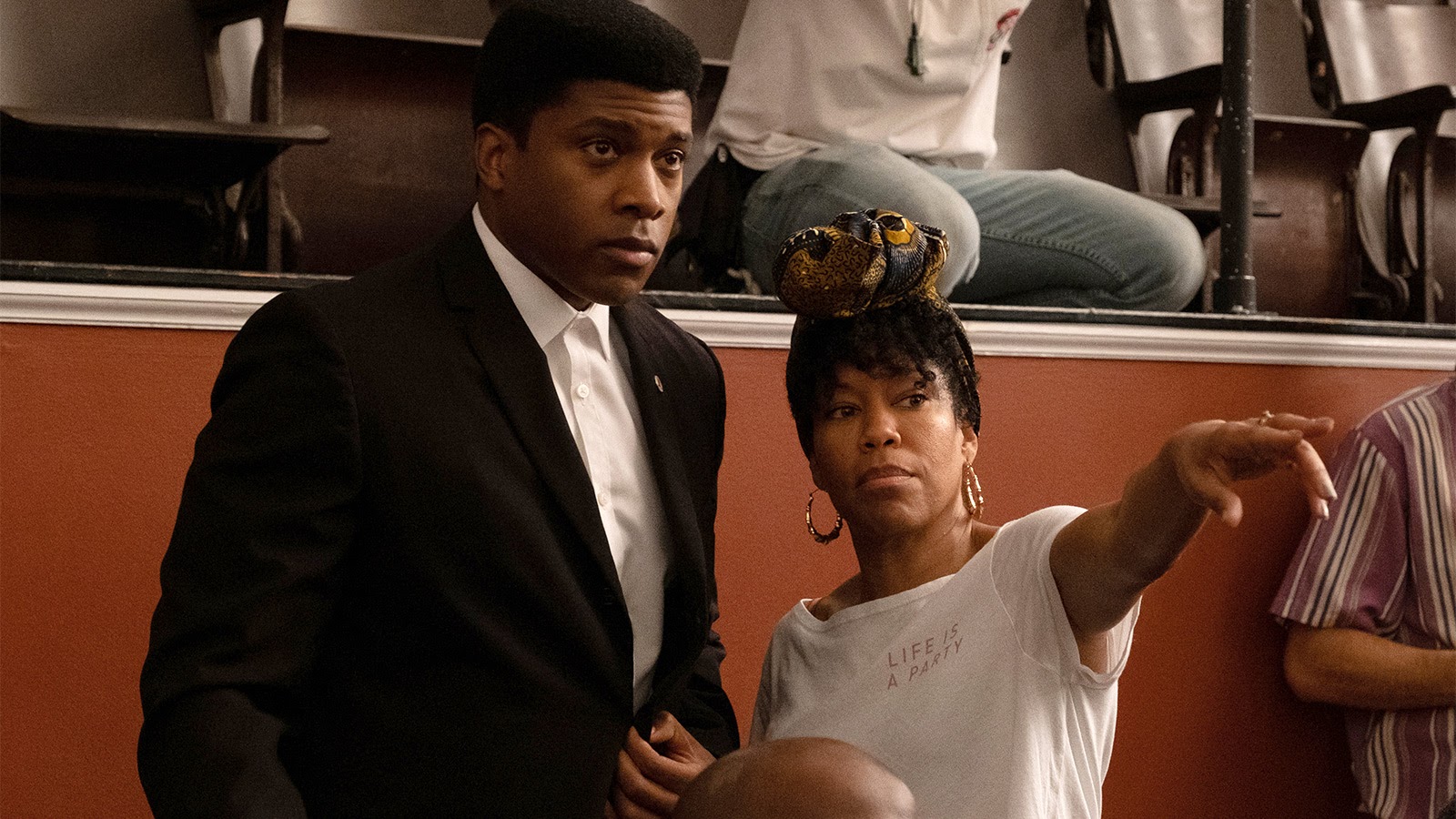
Early communication is key
Tariq had early conversations with King to discuss the style and pacing of the film, which was especially important given that it was based on a one-act play.
“Regina is the kind of director most editors would love to have,” Tariq says.
“She said that she would try to make it more filmic. But in terms of editing, she just let me get on with it. She gave me a lot of material which, as you know, is really helpful, so I was able to vary the shot sizes and go to different angles. I had plenty of reactions. There’s always something interesting to go to and if there was a difficult cut to make from close to wide it was always covered in some way so I didn’t have any kind of continuity issues to deal with. She also tried to put as much movement as she could into those scenes, either by getting the actors to move around, or by moving the camera whenever she was able to within a confined space.”
Another topic of early discussion was around using temp music. While some directors love having temp scores on their initial edits, others prefer to hold off until just before screening for the studio.
Tariq explains how that discussion helped to shape their working relationship.
“One of the things we talked about when Regina interviewed me was along the lines of, ‘How do you like to work?’ I told her, ‘I like to work with temp music, so would you be terribly thrown if I had music on there when I submit scenes to you?’
He had to do some persuading, because King felt that when she watched films, music could be intrusive and manipulative. “Let me just try a few things, and if you hate it, I’ll stop,” he said.
Tariq explains his thought process for the prayer sequence, the first he delivered to King.
“I did toy with the idea of putting Gospel piano on, which I thought might be going too far for her because the prayer was Islamic. So to be safe, I just put some Armenian flute on it. Thankfully, it really appealed to her, so that gave me the confidence to keep doing it. And I think she became more comfortable with having music. By and large, she was okay with what I put in but wanted to experiment—not so much with the idea of piano itself. She was keen on Aretha Franklin, so she wanted to try that style piano.”
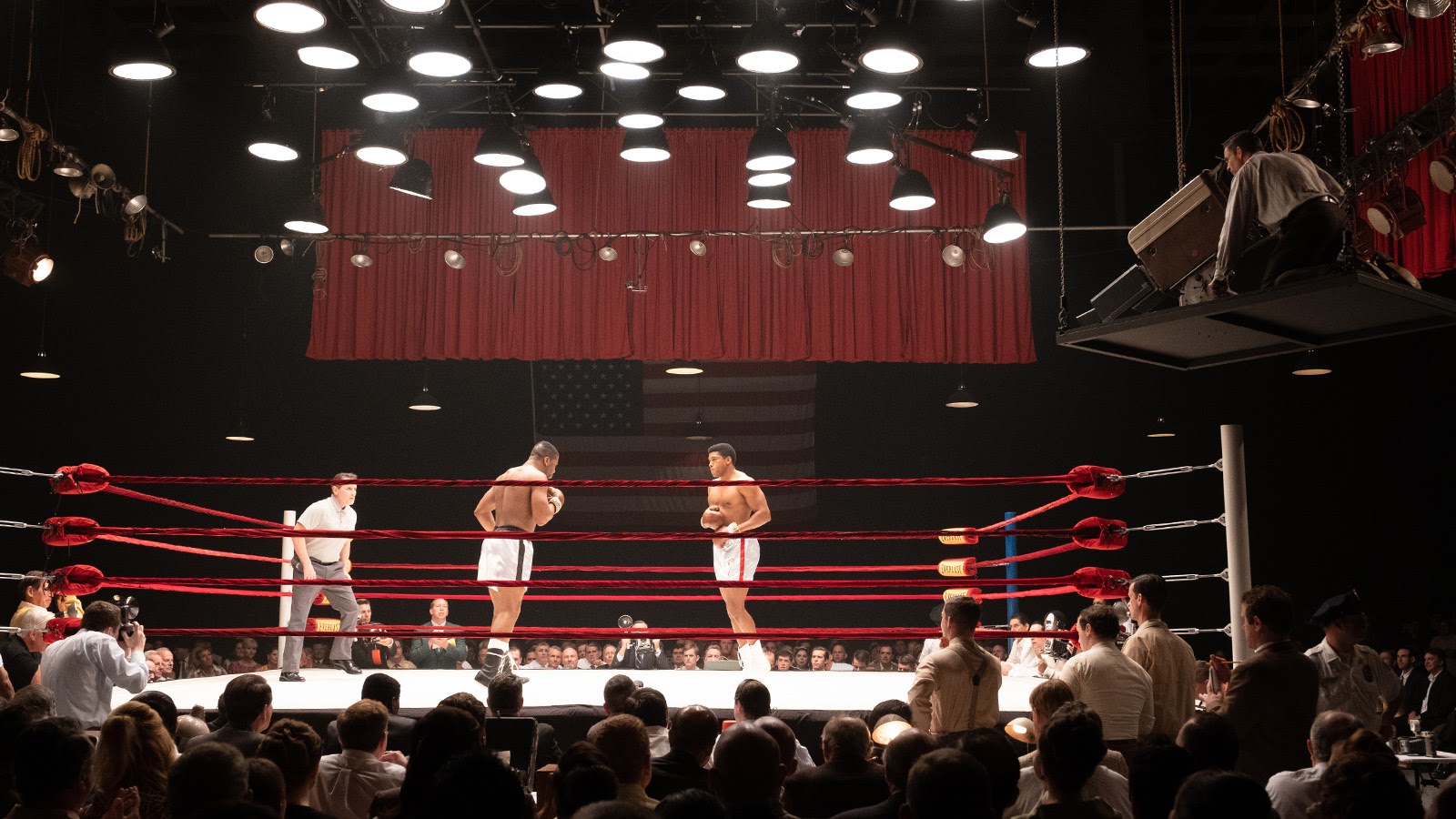
Selecting shots instinctively
Many editors talk about “letting the film speak to you,” a skill that’s acquired with time and experience. The angles and the camera movement and performances dictate the editing.
“When you look at the dailies, you get a sense of what the director is looking for,” Tariq says.
“For instance, in the beginning when Brown goes to see Carlton and there’s a moment when Carlton says to Brown, ‘Jimmy, you can always reach out to me’ you can feel Brown relaxing. He’s not on guard anymore. There’s so much coverage in that scene—singles, two-shots, and from the interior looking out. There’s plenty of coverage, but there’s only one shot that actually registered his letting his guard down. It’s an over-the-shoulder wide shot of the two of them on Brown where he sits back in his chair and crosses his legs. It’s a small gesture but you realize, ‘He’s okay now. He’s with this white guy, but he’s going to be his friend and everything’s going to be fine.’”

Tariq instinctively felt that King wanted that shot, and his experience also helped him build the sequence of shots around it.
“You know you have to be closer in prior to that, and then come out for that movement, and then you can go back closer again after that. But that moment is so important because it sets up what happens later on. You don’t think about it consciously, you just look for clues. In the Carlton scene, the shot through the window looking out into the garden from the interior is lovely, but you don’t want to be on it during important bits of dialogue. So you have to choose your moments and use it where what they’re saying isn’t that important.”
The idea that important dialogue should be spoken on-camera, instead of over a reaction shot, is quite universal as a rule of thumb. Tariq says that he can see these choices even when reading the script.
“Instinctively you know the lines that need to be on the speaker and which ones need reactions. It’s just a natural sense that’s something innate in editors. You’re influenced by everything that you see. You know how things should be staged and how you’d shape a scene.”
Similarly, there’s a scene where the group goes to the motel rooftop to watch fireworks, but for the audience to see them, Tariq needed to choose when to use that shot.
“I was just cutting for the dramatic moments within the scene without being too conscious of where I’d end up in terms of background. The fireworks were added later on as VFX. There was nothing there at all. The VFX guys did a really fantastic job to bring that to life.”
Pace is critical
When discussing pacing, there is the pace internal to the scene—how it moves from shot to shot. There’s also the pace of the story from start to finish—how quickly story points are revealed and the overall length of the film. We discussed both.
“Regina was concerned sometimes that individual scenes were playing too long and she questioned whether there were possible dialogue cuts to be made within scenes,” Tariq says.
But in this scene, for example, he felt it was important to have moments where there was a pause.
“I hate relentless editing, and the danger with these dialogue sequences is to make it too cutty. You need to be able to have moments where you can intercut between the characters and then put a break in and just hold. There’s a wide-shot-reverse-wide-shot looking back at Sam Cooke and Malcolm when Sam walks away. Instinctively, I felt you needed to come to the wide shot as Sam pulls away from Malcolm because it shows Malcolm’s isolation at that moment, where Ali (then still called Cassius Clay) has made the declaration, ‘Passion is a strong word.’ It’s isolating Malcolm at this moment by coming out wide and you see him as a small figure at the other end of the room. You do it because it feels right and you only rationalize it when somebody asks you.”
Anwar explains how the overall pace of One Night in Miami was different, at least in the editor’s assembly.
“Most films I’ve worked on are far more overlong than this one, usually by 30-45 minutes. I can’t remember exactly what the original assembly was, but probably only 10 minutes longer. With a lot of films you find yourself transposing scenes because it’s so malleable. We did shorten some scenes, mainly because they were just playing too long. We stayed in the Copa Club at the beginning, where we’re introducing each of the characters. So there were some scenes that were reduced down but not to a huge extent.”
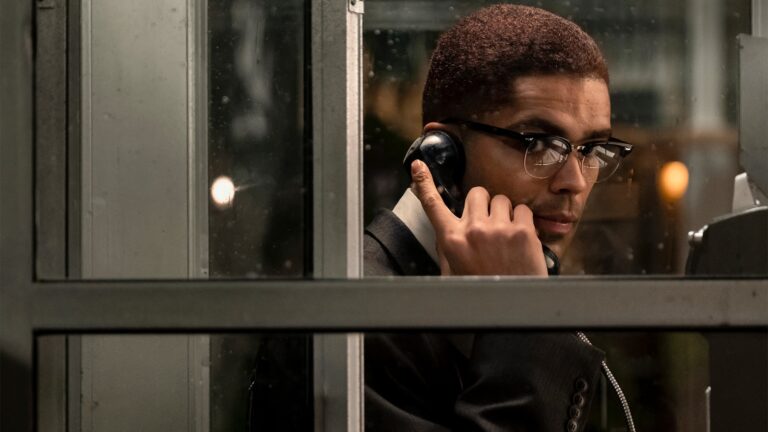
The biggest structural change came when Malcolm X goes to phone his wife, Betty, and spots the FBI watching him.
“The whole section with Malcolm in the car park and what the guys were doing back in the hotel room was just way too long and in timeline terms didn’t play well,” Tariq says. “When I read it, it seemed fine, but in the film there was something really unbalanced about that whole section. Tightening that up solved the issue.”
They also added some invisible VFX to that scene.
“There’s a lovely camera move Regina had tracking around during the phone call. Then we cut to Betty and we come back to Malcolm. When we came back, there wasn’t enough movement in some of the shots. They were very static, so we added similar movement so it flowed from Malcolm to Betty.” In the initial rough cut they zoomed and panned in Avid, but it wasn’t cinematic enough, so the VFX team used the actual elements of the original static shot and recreated the look of the camera dollying through the scene.
Hampton House, where much of the movie takes place, is now a cultural center.
Another section of the film was removed entirely. According to Anwar, “There was a scene where Sam Cooke comes out of the hotel to have a smoke and the bodyguard has a conversation with him. All that just played way too long, so we cut it. We also cut down the banter between the boys, and the section with the mirror was reduced down to give it a better balance and improve the comprehension of the timeline between what was happening on both sides.”
Approaching the blank timeline
Every editor has a different approach to the blank timeline. Some like to re-read the script for what they’re about to cut, and even the scenes before and after for context. Others prefer to just respond solely to the material that was shot without being influenced by the script.
Tariq falls into the second camp.“I rarely refer back to the script unless there’s a line I don’t understand. I’m always conscious of potentially missing a moment unknowingly. Then I’ll read the script again once I’ve cut the scene to make sure that I haven’t missed a beat.”
Even the method for watching dailies varies between editors. Some watch in order of the shoot, while others watch in reverse order. Some watch passively and some start building selects reels. “I’m not very good about making notes,” Tariq says.
“I just can’t stand the drudgery of making notes about each take, so the sooner I can put a scene together, the more comfortable I feel. There is such a wealth of material because of the digital age, and it falls on the editors to actually go through this material and make selections and choices. Sometimes it can lead to sort of a paralysis of editing, which I understand.”
Tariq stresses the importance of starting with the right shot.
“It has an effect on all the shots that follow. It’s also influenced by how you ended the previous scene. So once you have a series of scenes edited then you start changing things because you might decide to finish one scene on a different shot and that has ramifications on the shot on the incoming scene. I prefer to first stage the scene in terms of shot selection and then when I feel the shape is right, I review all the other takes and swap them out in the assembly as necessary.”
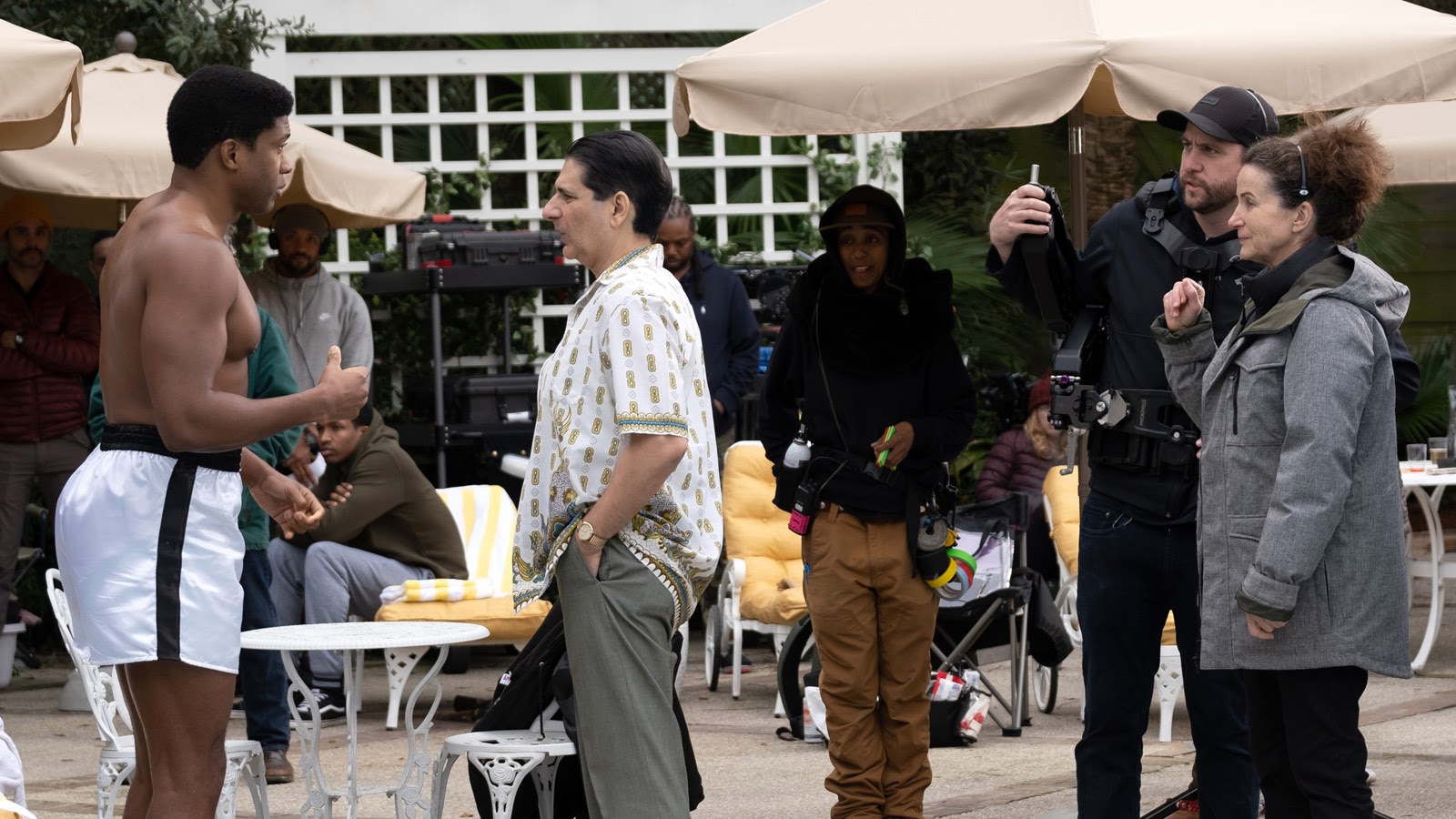
Another consideration in building a scene is whether to rely on the script notes to determine the best take. Some editors feel that there is little value to the “circled takes” made on set, while others rely on them. Again, Tariq falls into the latter group.
“I do generally take one of the selected takes from the director, picking one that I think is, by and large, the best. I stick with that on each shot size and build the scene. Then I’ll go back and review the other takes to see if there’s a better performance.”
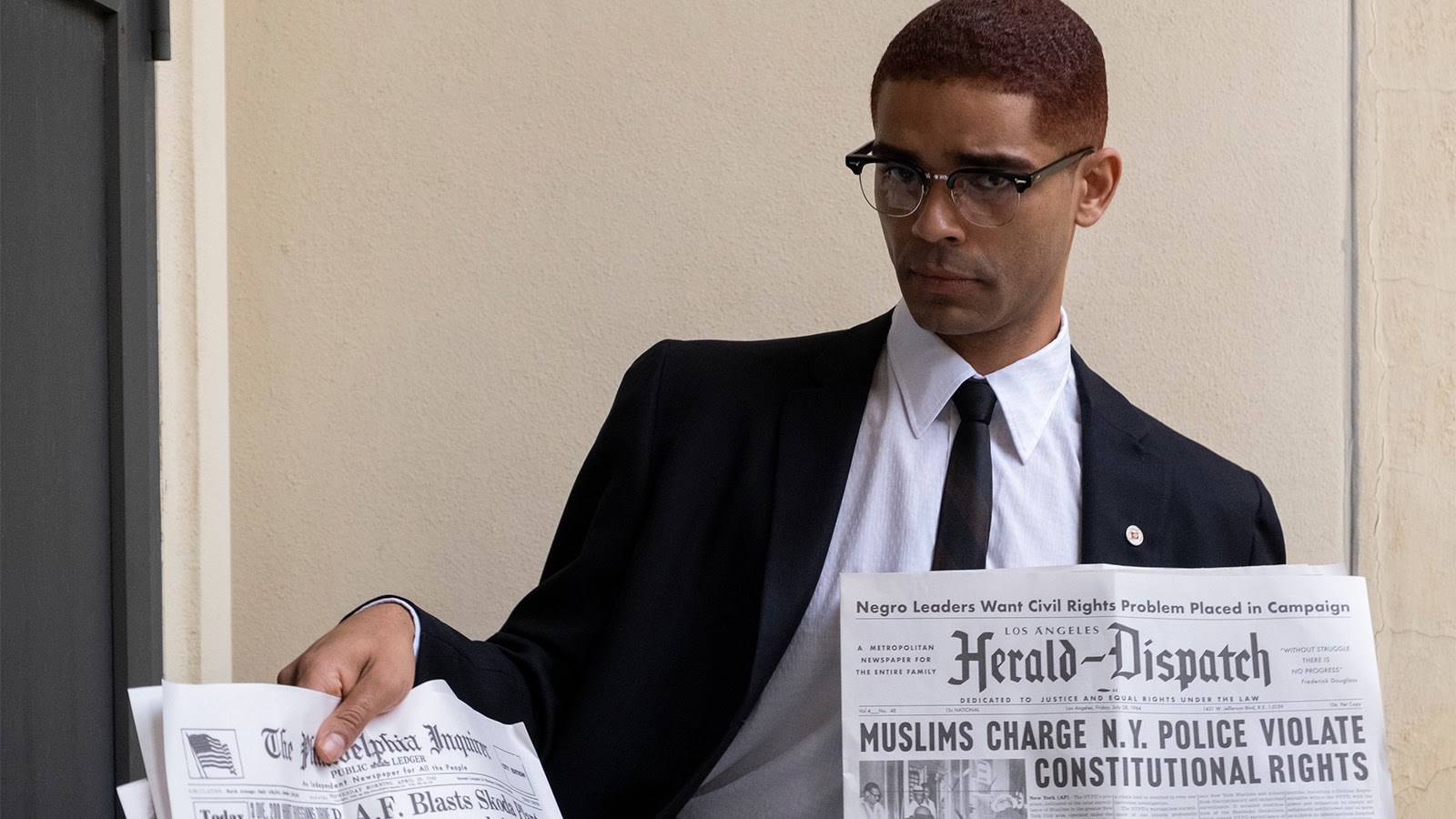
Staying creative despite challenges
If 2020 has taught us anything, it’s that creativity can continue despite the challenge of time zones and distance.
What matters is that editors and directors have a way to communicate that doesn’t interfere with their flow.
Many industry people speculate that this experience paves the way for a new way of moviemaking in the future. Certainly, with three Oscar nominations, Tariq and King proved that you can create an award-worthy film without being together in the same room. You just need great ideas and the right tools.




